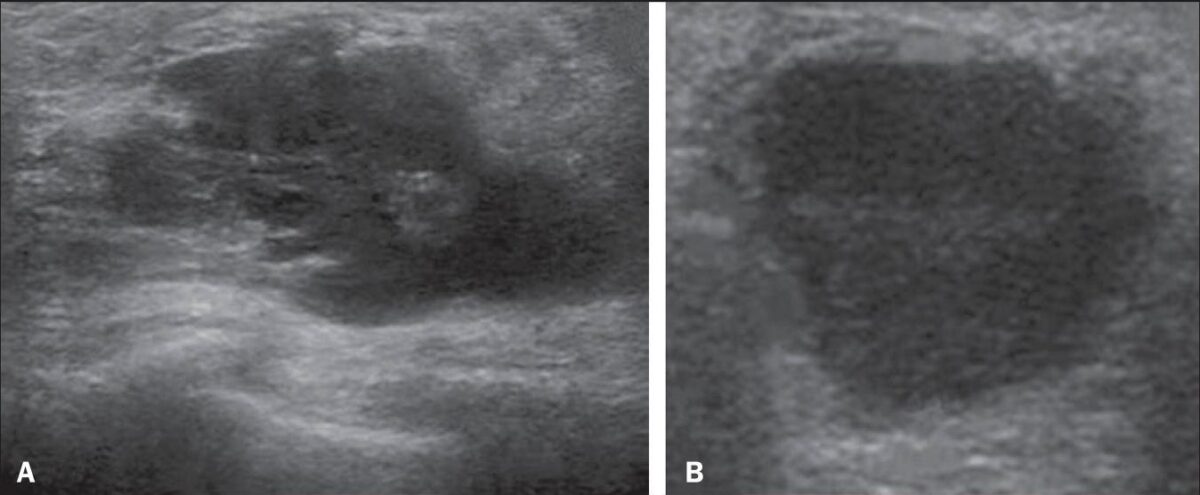Mastitis is inflammation of the breast tissue with or without infection. The most common form of mastitis is associated with lactation in the first few weeks after birth. Non-lactational mastitis includes periductal mastitis and idiopathic granulomatous mastitis (IGM). Lactational mastitis is most commonly caused by Staphylococcus aureus that is introduced into the breast milk during breastfeeding. The etiology of non-lactational mastitis is poorly understood, but periductal mastitis is commonly associated with smoking, and IGM is frequently associated with Corynebacterium. Patients present with edema, erythema, tenderness, and, possibly, a mass in the breast. Diagnosis is usually clinical, although ultrasound, cultures, and biopsy may be required in some cases. Management involves antibiotics, analgesics, drainage of any abscesses, and surgical duct excision for periductal mastitis.
Last updated: Mar 4, 2024
Mastitis Mastitis Mastitis is inflammation of the breast tissue with or without infection. The most common form of mastitis is associated with lactation in the first few weeks after birth. Non-lactational mastitis includes periductal mastitis and idiopathic granulomatous mastitis (IGM). Mastitis refers to inflammation Inflammation Inflammation is a complex set of responses to infection and injury involving leukocytes as the principal cellular mediators in the body’s defense against pathogenic organisms. Inflammation is also seen as a response to tissue injury in the process of wound healing. The 5 cardinal signs of inflammation are pain, heat, redness, swelling, and loss of function. Inflammation of the breast that may or may not be associated with infection.
Periductal mastitis Periductal Mastitis Mastitis:
IGM IgM A class of immunoglobulin bearing mu chains (immunoglobulin mu-chains). Igm can fix complement. The name comes from its high molecular weight and originally being called a macroglobulin. Immunoglobulins: Types and Functions:

Lactational mastitis presents as an edematous and erythematous breast.
Image: “atlasofclinicals00bock” by Internet Archive Book Images. License: Public Domain
Idiopathic granulomatous mastitis (status post-incisional breast biopsy)
Image: “IGM of the right breast” by Dept. of Radiation Oncology, Johns Hopkins University School of Medicine, Baltimore, MD 21231, USA. License: CC BY 2.0
Ultrasound imaging of a breast abscess:
A: complex, with ill-defined borders
B: homogeneous in appearance with well-defined borders
Periductal mastitis Periductal Mastitis Mastitis:
IGM IgM A class of immunoglobulin bearing mu chains (immunoglobulin mu-chains). Igm can fix complement. The name comes from its high molecular weight and originally being called a macroglobulin. Immunoglobulins: Types and Functions:
Periductal mastitis Periductal Mastitis Mastitis:
IGM IgM A class of immunoglobulin bearing mu chains (immunoglobulin mu-chains). Igm can fix complement. The name comes from its high molecular weight and originally being called a macroglobulin. Immunoglobulins: Types and Functions: